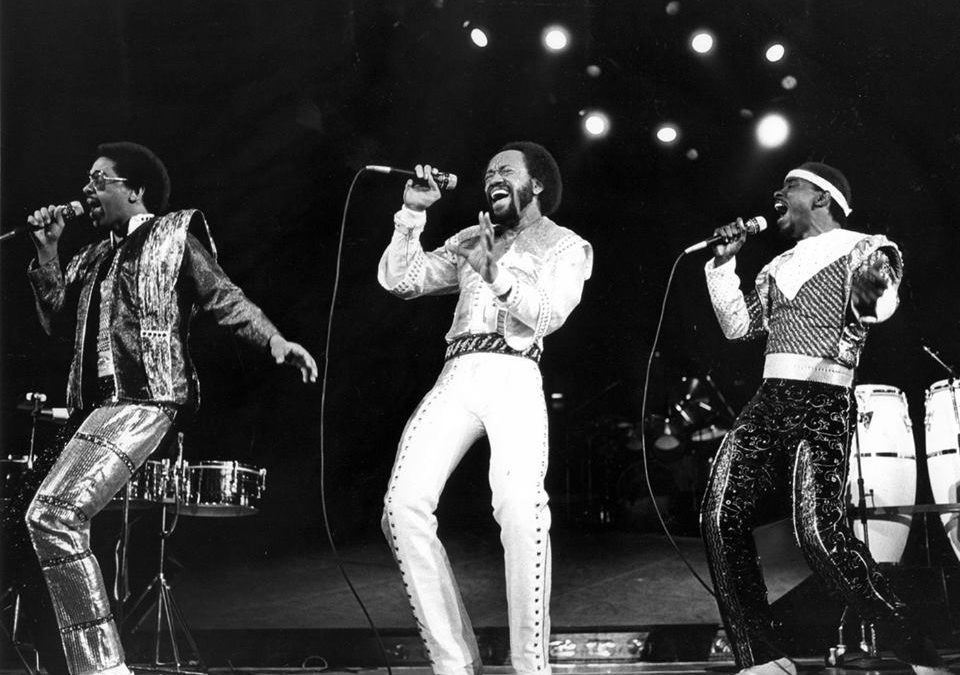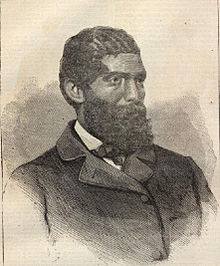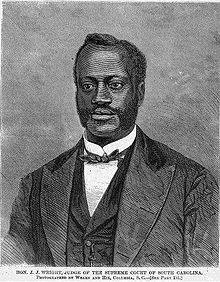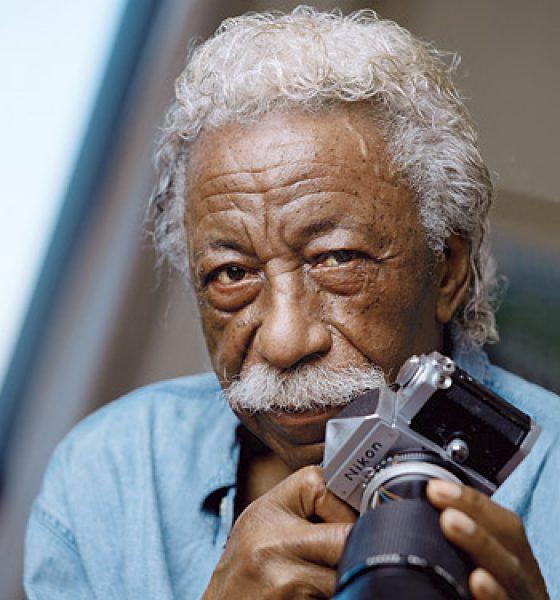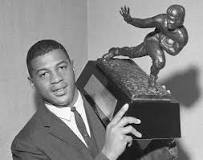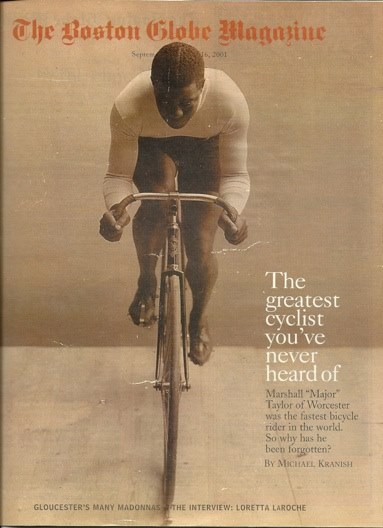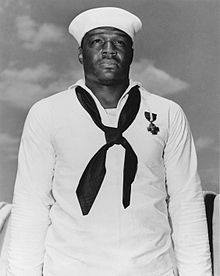GM – FBF – I always enjoy telling any story about my beloved New
Jersey, born in Camden, raised in Trenton and owned property in Trenton,
Willingboro and Edgewater Park. My family members still reside in Mercer,
Burlington, Camden and Atlantic Counties. Today’s story has a link in
Willingboro to the famed track family of the Lewis’s. We know of Carl and
Sister Carol who passed on Trenton Central High School for the ‘boro. Did you
know that their mother Evelyn Lawler Lewis, attended Tuskegee on a track-and-field
scholarship, and competed for the U.S. at the 1951 Pan American Games? Injuries
prevented her participation in the 1952 Olympics; at that time she was one of
the top three hurdlers in the world. She taught school, coached sports,
developed physical education programs, and co-founded the Willingboro Track
Club (Burlington, NJ) in 1969. Today’s story is about her Track Coach at
Tuskegee. Enjoy!
Remember – “Over my career I taught toughness and determination,
if I had the resources that the other schools we competed against had, we would
have been hard to beat for decades” – Coach Cleveland Leigh Abbott
Today in our History – December 9, 1892 – Cleveland Leigh Abbott
was born in Yankton, South Dakota. He is most remembered for his coaching
career at Tuskegee Institute (now University) in Alabama.
Abbott was the son of Elbert and Mollie Brown Abbott who moved
to South Dakota from Alabama in 1890. He graduated from Watertown High School,
Watertown, South Dakota, in 1912 and then from the South Dakota State University
at Brookings in 1916. Abbott earned 16 varsity athletic awards during his
collegiate career.
Students residing in Abbott Hall, one of the new residential
halls dotting the SDSU campus, should be schooled on the significance of the
building’s namesake.
The class of 1916 featured Cleveland Leigh Abbott. Better known
as “Cleve,” his impact at South Dakota State was felt long after he left the
College on the Hill.
He was a four-sport star, lettering in track, football,
basketball, and baseball. He went on to become a legendary coach and was
inducted to several halls of fame, including SDSU. However, his most notable
achievement was his advancement of women’s sports, particularly
African-Americans.
Abbott’s destiny was put in motion a few months later when SDSU
President Ellwood Perisho attended a meeting in New York City on the
advancement of African-Americans. After the conference, he met Tuskegee
Institute President Booker T. Washington on the train.
Washington informed Perisho that he wanted to start a sports
program if he was to hold the interest of young folks attending Tuskegee and
attract greater numbers to the school.
When quizzed if he had any young men who might qualify as a
sports director, Perisho told him about Abbott, but cautioned that he was only
a freshman. Washington replied that if Abbott worked and studied hard, he could
come to Tuskegee as its sports director when he graduated from SDSU.
When Perisho returned to Brookings, he contacted Abbott about
Washington’s proposal, and in response, “Cleve” committed himself to excellence
on the field and in the classroom.
The 172-pound Abbott earned all-state football honors four
straight years, including one year being named all-northwestern center. He was
the starting center on the basketball team and was team captain as a senior. In
track, he ran the anchor leg on the relay team.
Abbott’s future was in doubt as a junior when he learned that
Washington had died. However, during his senior year, Washington’s secretary
discovered a memo of agreement for Abbott’s employment and enclosed a contract
for him to come to Tuskegee.
In 1916 Cleveland Abbott married Jessie Harriet Scott (1897–1982). They had one
daughter, Jessie Ellen, who in 1943 became the first coach of the women’s track
team at Tennessee State University in Nashville.
Arriving at the famous Alabama school, Abbott was assigned to teach various
phases of the dairy business to agricultural students and serve as an assistant
coach.
His college duties were postponed, though, when the United States
entered World War I. As a lieutenant, he was the regimental intelligence
officer attached to the 336th Infantry Company of the 92nd Division. He saw
action at the Meuse-Argonne Offensive in 1918. When the armistice was declared,
it was Abbott who carried the message of cease-fire from his colonel to the
troops. Abbott was later a commissioned officer in the Army Reserve. (The US
Army Reserve Center at Tuskegee is now named the Cleveland Leigh Abbott
Center.)
After the war, Abbott joined the faculty of Kansas Vocational School in Topeka,
where he coached and was commandant of cadets.
In 1923 Cleveland Abbott was hired as an agricultural chemist
and athletic director at Tuskegee Institute, a job that had been personally
offered to him by Booker T. Washington in 1913 on the condition that he
successfully earn his B.A. degree. As athletic director Abbott was expected to
coach the Institute’s football team. During Abbott’s 32-year career, the
Tuskegee team had a 202–95–27 record including six undefeated seasons;
positions he held until his death in 1955.
In 32 seasons, Abbott’s gridiron record was 203-95-15. His teams claimed 12
conference titles and six mythical National Black College championships. In
1954, he was the first African-American college football coach to rack up 200
victories.
Abbott also started the women’s track and field program at
Tuskegee in 1937. The team was undefeated from 1937 to 1942. Six of his
athletes competed on U.S. Olympic track teams, among the notable female
athletes he coached were Alice Coachman, Mildred McDaniel, and Nell Jackson.
Coachman was the first African-American woman to win a gold medal, taking the
high jump title at the 1948 Olympic Games in London. McDaniel repeated the feat
in 1956 with a world-record jump of five feet, nine inches at the Helsinki
Olympics.
From 1935 to 1955, Abbott’s outdoor track and field teams won 14
national titles, including eight consecutive. His squads captured 21
international AAU track and field crowns. Individually, Tuskegee athletes brought
home 49 indoor and outdoor titles with six making Olympic track and field
teams.
Abbott served on the women’s committee of the old National AAU
(USA Track and Field predecessor) and twice was on the U.S. Olympic Track and
Field Committee. He is also a member of the Alabama Sports Hall of Fame, and is
one of the founders of the Southern Intercollegiate Athletic Conference
Basketball Tournament.
Abbott is credited with being one of the pioneer coaches of
women’s track and field for more than four decades. He is said to have
developed the program that opened track and field to women in the United
States.
Abbott was inducted into the South Dakota State University Hall
of Fame in 1968, the Tuskegee University Hall of Fame in 1975, the Southern
Intercollegiate Athletic Conference Hall of Fame in 1992, the Alabama Sports
Hall of Fame in 1995, and the USA Track and Field Hall of Fame in 1996. Also in
1996, in recognition of his outstanding contributions to athletics, the
Tuskegee University Football Stadium were renamed the Cleveland Leigh Abbott
Memorial Alumni Stadium.
Another female track and field standout was Evelyn Lawler Lewis,
mother of Olympic track great Carl Lewis. A 1949 Tuskegee graduate, Lewis named
her second son, Cleveland Abbott, after him. After college, she went on to
compete in the 1951 Pan American Games in Argentina, and like “Cleve,” she also
turned to coaching.
Lewis says Abbott was well ahead of his time, from coaching to
teaching and training techniques. What’s more, she says, Abbott inspired his
athletes.
“He made us believe we could
be something,” she explains. “His main theme—what he always talked about—was
‘you can do it.’ You can do what you want. You can be as good as you want. He
wasn’t a driving-type of coach—he was a motivator.”
Cleveland Leigh Abbott died at the Veterans Hospital in Tuskegee on April 14,
1955 and was buried in the Tuskegee University Campus Cemetery at Tuskegee,
Alabama. Research more about this great American and share with your babies.
Make it a champion day!


